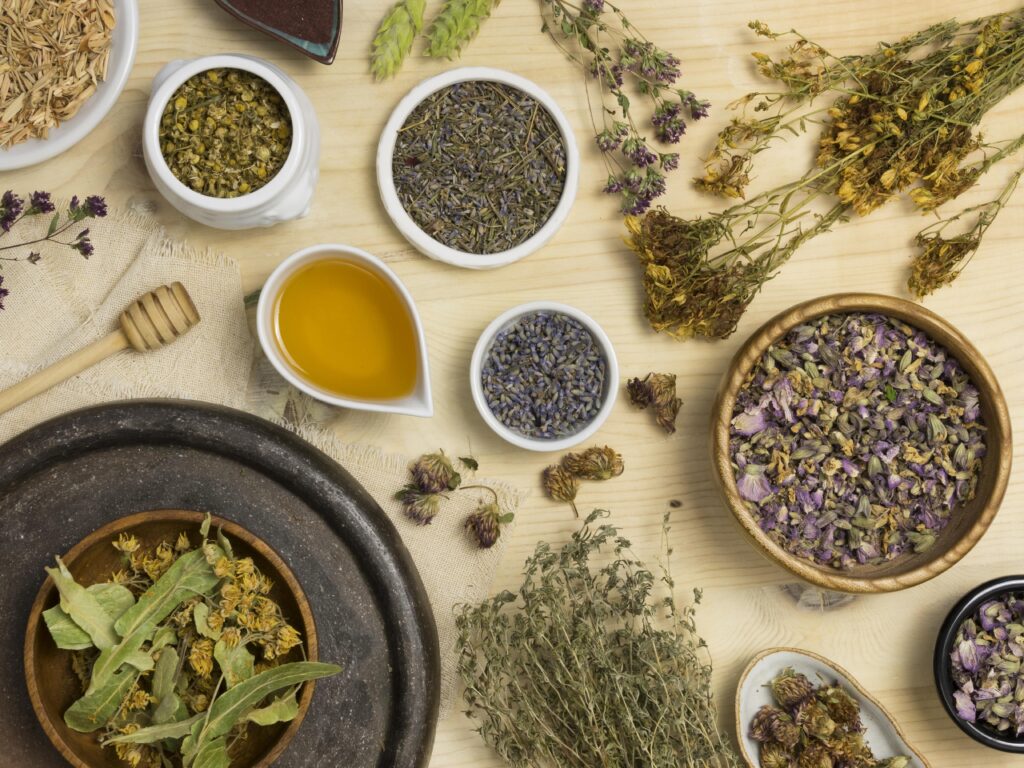Ayurveda the Oldest Form of Medicine Practice: Whether it id Health Effective or Just a Hoax

Ayurveda and Traditional Healing Methods in India
Ayurveda, an ancient system of medicine that originated in India over 5,000 years ago, focuses on maintaining balance in the body through diet, lifestyle, and herbal treatments. Traditional healing methods in India also encompass a variety of practices, including yoga, meditation, and other holistic approaches.
Fundamental Principles of Ayurveda
- Doshas:
- Vata (Air and Ether): Governs movement, including blood flow, breathing, and the nervous system. Imbalances can lead to anxiety, dry skin, and constipation.
- Pitta (Fire and Water): Controls digestion, metabolism, and energy production. Imbalances can result in anger, ulcers, and inflammation.
- Kapha (Earth and Water): Manages growth, structure, and immunity. Imbalances can cause lethargy, weight gain, and respiratory issues.
- Prakriti:
- An individual’s unique constitution, determined by the balance of the three doshas at the time of birth. Understanding one’s prakriti helps tailor diet, lifestyle, and treatments to maintain balance.
- Dhatus and Malas:
- Dhatus: The seven bodily tissues – plasma, blood, muscle, fat, bone, marrow, and reproductive tissue. They play a crucial role in maintaining health.
- Malas: Waste products like urine, feces, and sweat that need to be efficiently eliminated for good health.
Key Ayurvedic Practices
- Dietary Guidelines (Ahara):
- Emphasizes eating fresh, seasonal, and locally sourced foods.
- Encourages mindful eating and proper digestion through the use of herbs and spices.
- Daily Routines (Dinacharya):
- Incorporates practices like tongue scraping, oil pulling, and self-massage (Abhyanga) to promote overall well-being.
- Suggests waking up early, exercising, and meditating regularly.
- Seasonal Routines (Ritucharya):
- Adjusts lifestyle and diet according to the seasons to maintain dosha balance and prevent diseases.
Herbal Treatments and Remedies
- Common Ayurvedic Herbs:
- Ashwagandha: Known for its adaptogenic properties, helps reduce stress and improve energy levels.
- Turmeric: Anti-inflammatory and antioxidant, widely used for its healing properties.
- Tulsi (Holy Basil): Boosts immunity, fights infections, and promotes respiratory health.
- Neem: Used for its antibacterial and antifungal properties, beneficial for skin health.
- Amla (Indian Gooseberry): Rich in vitamin C, supports digestion, and enhances immunity.
- Herbal Preparations:
- Chyawanprash: A traditional herbal jam made from a blend of herbs, including amla, used to boost immunity and overall health.
- Triphala: A combination of three fruits – amla, bibhitaki, and haritaki – used to aid digestion and detoxify the body.
- Brahmi Oil: Applied topically to enhance cognitive function and reduce stress.
Traditional Healing Techniques
- Panchakarma:
- A detoxification and rejuvenation process that involves five main procedures: Vamana (emesis), Virechana (purgation), Basti (enema), Nasya (nasal administration), and Raktamokshana (bloodletting). These therapies aim to remove toxins and restore balance.
- Yoga:
- A holistic practice combining physical postures (asanas), breathing techniques (pranayama), and meditation. Promotes physical, mental, and spiritual well-being.
- Meditation:
- Various forms of meditation, including mindfulness and mantra meditation, are practiced to reduce stress, enhance mental clarity, and achieve inner peace.
- Marma Therapy:
- An ancient practice involving the stimulation of specific vital points on the body to balance energy flow and promote healing.
- Ayurvedic Massage (Abhyanga):
- A therapeutic oil massage that helps detoxify the body, improve circulation, and nourish the skin. It also aids in relaxation and stress reduction.
Ayurvedic Lifestyle Recommendations
- Sleep and Rest:
- Importance of maintaining a regular sleep schedule and getting adequate rest for overall health.
- Exercise:
- Tailoring physical activity to one’s dosha type. For example, calming exercises like yoga and tai chi for Vata types, cooling activities for Pitta types, and vigorous exercise for Kapha types.
- Mental Health:
- Practices like journaling, spending time in nature, and engaging in creative activities to support mental and emotional well-being.
Modern Applications and Global Influence
- Integrative Medicine:
- Combining Ayurvedic principles with modern medical practices for a holistic approach to health care.
- Ayurveda in Wellness Tourism:
- Many wellness retreats and spas globally offer Ayurvedic treatments and consultations, attracting people seeking holistic healing.
- Research and Development:
- Ongoing scientific research validating the efficacy of Ayurvedic herbs and treatments, leading to increased acceptance and integration into mainstream health practices.
Conclusion
Ayurveda and traditional healing methods offer a comprehensive approach to health and wellness, focusing on preventive care and maintaining balance in the body and mind. By embracing these ancient practices, individuals can achieve a state of harmony and well-being that complements modern medical approaches
Summary

Article Name
Ayurveda the Oldest Form of Medicine Practice: Whether it id Health Effective or Just a Hoax
DescriptionAyurveda, an ancient system of medicine that originated in India over 5,000 years ago, focuses on maintaining balance in the body through diet, lifestyle, and herbal treatments. Traditional healing methods in India also encompass a variety of practices, including yoga, meditation, and other holistic approaches.






